Albert Knapp, MD commented on the post, Photokina 2018: The Leica S3 7 years, 2 months ago
In reply to: David Farkas wrote a new post, Photokina 2018: The Leica S3 Back at the end of last year, I posted my thoughts and a poll on what the next generation S camera might look like and what features are most important to S users here: Thoughts on the Next Generation Leica […] View
View very enlightening!
AlbertAlbert Knapp, MD commented on the post, Apple Updates MacBook Pro to 8th Gen Processors 7 years, 5 months ago
In reply to: David Farkas wrote a new post, Apple Updates MacBook Pro to 8th Gen Processors Finally. For months, Apple users have been expecting a 2018 refresh to the MacBook Pro, last updated in 2016. And today, Apple has addressed at least some of the community's desires for the 13 inch and 15 inch […]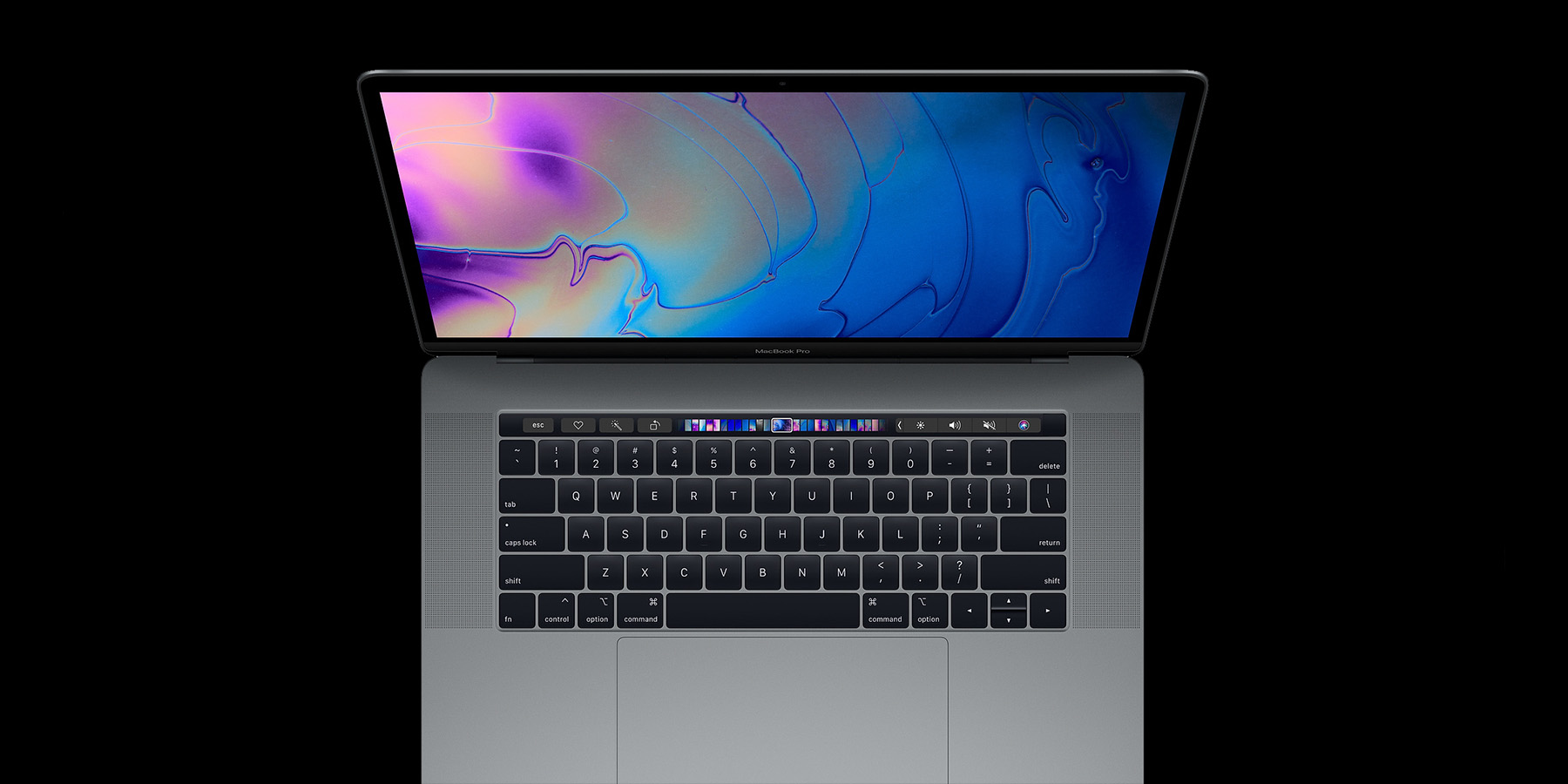 View
View David-
I am on the fence as well. Still using my 2015 Mac pro in the field but am perplexed as to why they dropped the SD card reader???Albert Knapp, MD commented on the post, Apple Updates MacBook Pro to 8th Gen Processors 7 years, 5 months ago
In reply to: David Farkas wrote a new post, Apple Updates MacBook Pro to 8th Gen Processors Finally. For months, Apple users have been expecting a 2018 refresh to the MacBook Pro, last updated in 2016. And today, Apple has addressed at least some of the community's desires for the 13 inch and 15 inch […] View
View I use the new iMac PRO for lightroom/PS and it is wonderful.
AlbertAlbert Knapp, MD commented on the post, Essential Filters for Landscape Photography 7 years, 7 months ago
In reply to: David Farkas wrote a new post, Essential Filters for Landscape Photography As a landscape photographer, I’m always looking for an edge. Light is fleeting, and those elusive magical moments that we venture untold distances for often last for just an instant. In my experience, the best d […] View
View an outstanding review… as usual!
AlbertAlbert Knapp, MD commented on the post, Leica M10 Review: The Quintessential Digital M 8 years, 10 months ago
In reply to: David Farkas wrote a new post, Leica M10 Review: The Quintessential Digital M The Leica M10 might be the most ‘analog’ digital M yet. And perhaps the most faithful to the M lineage. This should come as no surprise to anyone who has followed Leica’s journey into digital photography over […]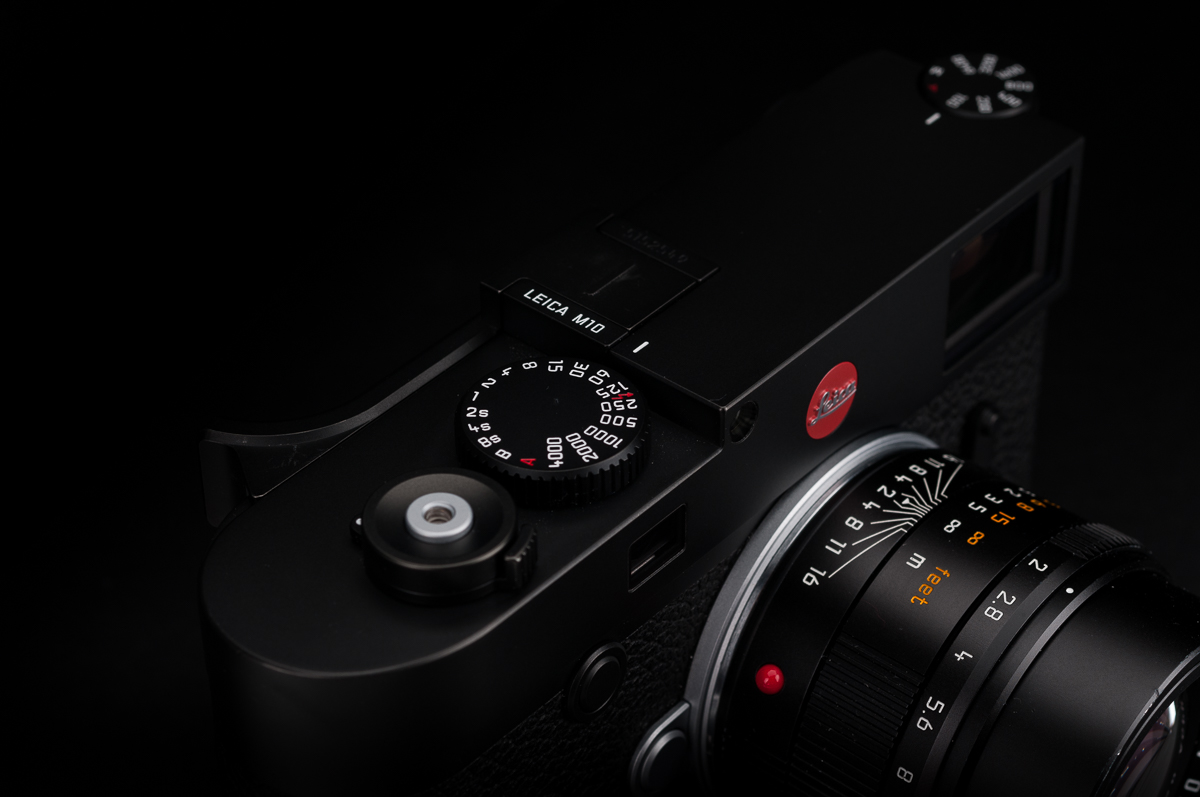 View
View incisive and comprehensive….
great job as usual!
AlbertAlbert Knapp, MD commented on the post, Travels through Morocco with the Leica S 8 years, 10 months ago
In reply to: Albert Knapp, MD wrote a new post, Travels through Morocco with the Leica S Morocco occupies a uniquely strategic and cultural position on the African continent. Perched on the northwest coast of Africa, the Mediterranean Sea and the Atlantic Ocean are natural borders to the North and […] View
View the answer is basically unlimited. I have enlarged to 6 feet wide without loss of resolution…
Albert Knapp, MD commented on the post, Travels through Morocco with the Leica S 8 years, 10 months ago
In reply to: Albert Knapp, MD wrote a new post, Travels through Morocco with the Leica S Morocco occupies a uniquely strategic and cultural position on the African continent. Perched on the northwest coast of Africa, the Mediterranean Sea and the Atlantic Ocean are natural borders to the North and […] View
View Thank you for your comments…
I would suggest that you rent, beg or steal a 24mm.. You will not be disappointed. It is their best lens!
AlbertAlbert Knapp, MD commented on the post, A Celebration of Photography: The Leica M10 Launch Event in Wetzlar, Germany 8 years, 11 months ago
In reply to: David Farkas wrote a new post, A Celebration of Photography: The Leica M10 Launch Event in Wetzlar, Germany Back in December I received an interesting invitation from Leica. My presence was requested at Leica’s corporate headquarters in Wetzlar, Germany to attend a Celebration of Photography, honoring legendary p […] View
View wonderful event and superbly reported… as usual!
AlbertAlbert Knapp, MD commented on the post, Leica M10 Released: The Ultimate Digital Rangefinder 8 years, 11 months ago
In reply to: Josh Lehrer wrote a new post, Leica M10 Released: The Ultimate Digital Rangefinder Today, Leica has released its long-awaited successor to the incredibly popular (and revolutionary in its own right) M (Typ 240) series of digital rangefinders: the Leica M10. Building on over 60 years of M […] View
View Beautifully written and a very exciting advance…
AlbertAlbert Knapp, MD commented on the post, Photokina 2016 – Day 1: Checking Out the 50mm Summilux-SL ASPH and Multifunction Handgrip 9 years, 3 months ago
In reply to: David Farkas wrote a new post, Photokina 2016 - Day 1: Checking Out the 50mm Summilux-SL ASPH and Multifunction Handgrip This is now my fifth consecutive Photokina, but walking up the steps to South Entrance on opening day still give me a little rush of excitement. What goodies await inside these hallowed walls?Historically, […] View
View Great reportage as always!
Please let me know what is in store for the S system.
Can you also put in a plea to get the histogram back on the LED after each shot?
Never hurts to beg…
AlbertAlbert Knapp, MD commented on the post, Leica S (Typ 007) Firmware Version 3.0.0.0 Released 9 years, 8 months ago
In reply to: David Farkas wrote a new post, Leica S (Typ 007) Firmware Version 3.0.0.0 Released Today, Leica has released a major firmware update for the latest S (Typ 007). This release adds in features that I have wanted since first testing the camera in Iceland last summer. Here's the full rundown of […] View
View Thorough and concise!
Thanks, David!
AlbertAlbert Knapp, MD commented on the post, Five Countries, One Camera: Travels with the Leica Q 9 years, 8 months ago
In reply to: Kirsten Vignes wrote a new post, Five Countries, One Camera: Travels with the Leica Q It happened by accident really. A few years ago, a couple girlfriends and I started talking about getting together. Life had taken us in different directions and we were living in opposite corners of the […]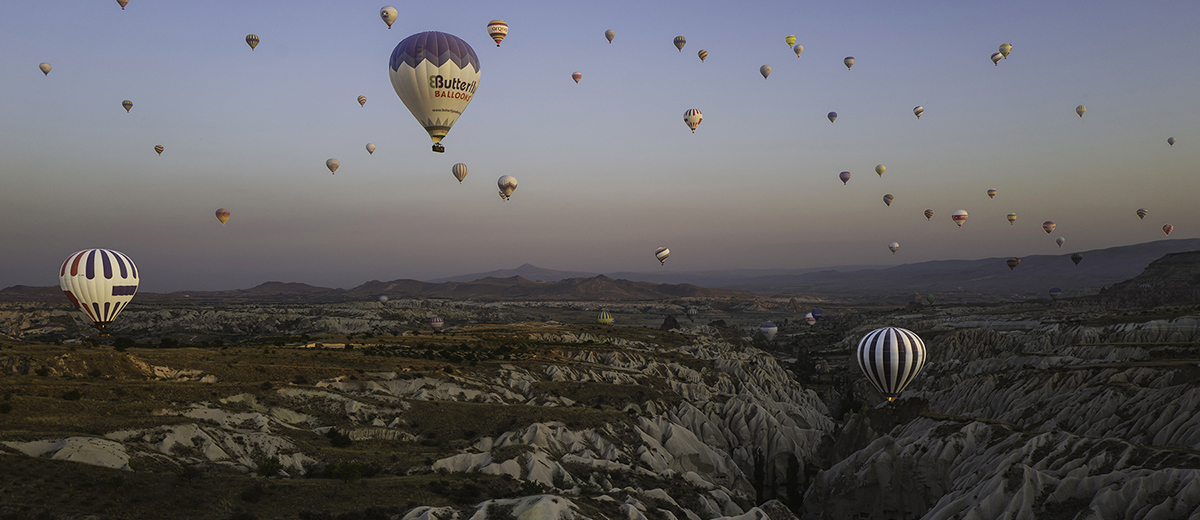 View
View An excellent travelogue!
Superb pictures!
My wife loves her Leica Q as well.
AlbertAlbert Knapp, MD commented on the post, Travels through Morocco with the Leica S 9 years, 9 months ago
In reply to: Albert Knapp, MD wrote a new post, Travels through Morocco with the Leica S Morocco occupies a uniquely strategic and cultural position on the African continent. Perched on the northwest coast of Africa, the Mediterranean Sea and the Atlantic Ocean are natural borders to the North and […] View
View Many thanks!
AlbertAlbert Knapp, MD wrote a new post, Travels through Morocco with the Leica S 9 years, 9 months ago
Morocco occupies a uniquely strategic and cultural position on the African continent. Perched on the northwest coast of Africa, the Mediterranean Sea and the Atlantic Ocean are natural borders to the North and […]

Albert Knapp, MD‘s profile was updated 10 years, 10 months ago
Albert Knapp, MD wrote a new post, Photographing the Atacama Desert with the Leica S (Typ 006) 10 years, 10 months ago
My wife Ruth and I ventured into the Atacama Desert in December 2013 with John Paul Caponigro and Seth Resnick of Digital Photo Destinations. The Atacama is one of the oldest, driest and highest deserts in the world, spanning Northwest Argentina, North East Chile and Southern Bolivia. The Argentinian portion of the Atacama Desert is called the Puna and was to be our photographic playground for this trip. This section of desert made for a particularly unforgiving environment. The trek was very difficult, but the stunning beauty and surreal desolation of this desert made the effort worthwhile.
I brought my two Leica S (typ 006) bodies along with my Vario-Elmar-S 30-90mm f/5.6 ASPH, Super-Elmar-S 24mm f/3.5 ASPH, Summarit-S 70mm f/2.5 ASPH, APO-Macro-Summarit-S 120mm f/2.5 and APO-Elmar-S 180mm f/3.5 ASPH. Because of the dust, all lenses had a B&W F-Pro UV filter and both bodies and all lenses were protected by Storm Jacket Camera Covers. I made sure to perform all lens changing inside our four-wheel drive vehicles with the windows closed and the motor off. Rigorous cleaning and inspection took place each night on return from the field. Ultimately, I am happy to report that all bodies and lenses performed flawlessly in spite of the harsh environment.
The first highlight was the immense wind-cut volcanic pumice fields spanning 60 square miles. The individual stones, some up to 50 feet in height, were mind-boggling in both their awesome size and natural beauty. We spent several days and evenings wandering the fields and letting our creative imaginations fly.
The APO-Macro-Summarit-S 120mm f/2.5 and the Super-Elmar-S 24mm f/3.5 ASPH lenses were both exceptionally useful in these fields, but I found myself using the 24mm most frequently as the ultra-wide perspective really lent itself to the landscape.
There are several small and very remote villages in the desert, nestled in the mountainous terrain. We stopped in the tiny farming village of Autofagasta de La Sierra. Certainly a far cry from city life with a population of less than 700 residents, but quite photogenic.
The last part of our journey in the Atacama was to a series of vast natural salt flats. Argentina has one of the largest reserves of lithium in the world and the industry is quite robust. Fortunately, the mining operations have been careful not to compromise the striking beauty of this eerie landscape.
You can see more pictures along with an accompanying article in the LHSA Viewfinder (2014), Volume 47, pages 34 to 43.
albertknappmd replied to the topic Which S lens should Leica make next?? in the forum S Lenses 10 years, 11 months ago
I think that a 90mm-250mm zoomlens would be a great idea but even at say f/5.6, I fear that it would be to heavy for easy use.
I look forward to a 300mm f/3.5 lens..
I have been looking forward to that lens now for 3 years but I am patient…Albert Knapp, MD commented on the post, Photokina 2014: A few quick pictures with the Leica Summicron-S 100mm f/2 ASPH 11 years, 3 months ago
In reply to: David Farkas wrote a new post, Photokina 2014: A few quick pictures with the Leica Summicron-S 100mm f/2 ASPH When I ventured by the S stand at the Leica booth on my last day at the show, I said hello to Dietmar Stuible, who was working the demo table. He is one of the optics designers at Leica and was responsible for th […] View
View Your review of the S 100mm f/2 is very compelling. Put me down for the Noctilux of the S world!
Have a safe trip back to Florida.
AlbertAlbert Knapp, MD commented on the post, Photokina 2014: Day 2 – Everything you need to know about the Leica S (Typ 007) 11 years, 3 months ago
In reply to: David Farkas wrote a new post, Photokina 2014: Day 2 - Everything you need to know about the Leica S (Typ 007) With my focus on the M yesterday, I wanted to dedicate my second day at the show to the new Leica S (Typ 007). As the third generation in the S family (I’m not counting the old S1 as it’s a totally different animal), Leica stepped up their game pretty significantly with the S 007. The new S ticks a lot of boxes on users’ wish lists. I got a chance to sit down with Stephan Schulz, Director of Professional Photo Products, and Toni Felsner, Project Manager of the S System to go over all of the changes on the new S.The S 007 isn’t the first…or second or even third…medium format digital camera to transition from a CCD to a CMOS sensor. Hasselblad, Phase One and Pentax all got there first earlier this year by using the 44x33mm 50MP Sony sensor. But, like one of my favorite sayings goes, “The early bird may get the worm, but the second mouse gets the cheese.” The Leica S is now the fastest MFD system in the world, boasting a frame rate of 3.5 FPS, which is blazingly fast thanks to the new Maestro II image processor under the hood and the rapid-fire, lightweight shutter making light work of exposing the new CMOSIS-produced CMOS sensor at the heart of the S.The camera also is the first to shoot 4K video and use the full width of the sensor to produce 1080p video. It’s got 802.11n Wi-Fi, built-in GPS, UHS-I dual card support, HDMI out, much faster autofocus and focus tracking, USB 3.0, a new and quite large daylight-viewable transflective top display, 60fps live view with focus peaking, DOF calculations clearly indicated, a whole host of video features and incredibly fast image processing.Handling the camera is not too different than the S (Typ 006) that I have used extensively. The size and shape are familiar, which is to say, still one of the most comfortable and ergonomic camera bodies I’ve ever used. The camera is built like a rubber-encased tank and has seen upgrades in the durability category in addition to all the under-the-hood changes. The entire lens mount, and not just the mounting ring, is now solid stainless steel. So are the strap lugs. The mount now has a polished sheen of indestructability. The new faster, quieter shutter is now rated at 150,000 actuations, up from the already respectable 100,000 on the S (Typ 006).While the bulk of the body remains the same, the entire top plate is brand new. The round knob-like GPS nub of the S (Typ 006) is replaced by a black gloss rounded rectangle that sits flush with the top of the camera. At first glance, it looks like a second status screen and seemed somewhat out of place, but it does fit the design quite well after some getting used to. The top status color OLED of the S (Typ 006) is now traded out for a handsome transflective monochrome LCD that is at least double the size. Information is clear and crisp with white lettering against a deep blue background, and the transflective screen, while still having a built-in backlight, actually increases in readability under bright light. The screen is reminiscent of those used in car dashboard displays.The shutter speed dial is now updated as well. No speed markings grace the dial any longer. The dial is smaller in diameter, has been moved forward towards the front edge and is much easier to turn. The concept is to have multiple functions for this control element and to be easy to turn by your forefinger while gripping the camera. Both were achieved here as I found it easy to use and comfortable to access while shooting. In playback mode, the top dial now controls zoom, with the rear thumb dial taking care of scrolling. This makes playback and review of images much quicker and more intuitive.The last changes to the top plate are two steel buttons that sit to the right of the large top LCD and behind the top dial. The one with the red dot on it is to activate video recording and the other unmarked button is to turn on live view.While not readily apparent from looking at the back of the camera, the onscreen GUI has gotten a nice facelift. Leica designers have traded rounded, dark gray selections to a more modern flat design, more similar to what you might see in iOS 7 or Windows 8. The look is clean and readable and functionally perhaps just a little easier to navigate given the improved menu organization. You also can update firmware within the menu without having to power cycle the camera and hold any buttons for x amount of seconds.The battery has gotten its own update. Visibly indistinguishable from its predecessor, the new battery boasts an increase in capacity in order to run the live view and video features of the S 007. The really great news for existing S2 and S 006 owners is that the battery is backwards compatible, meaning you can use it to get even longer battery life. It can be used in the Multifunction Grip, which is unchanged, as well as being charged using the same Pro Charger. Just don’t mix the old and the new battery in the grip. The warning I received about this reminded me a part in the movie Ghostbusters of when Egon warns his comrades about not crossing the streams, so we’ll leave it at that.Included with the camera is a new piece of hardware, called the Leica Audio Adapter-S. This small dongle attaches to a locking LEMO port on the side of the camera and has three ports, two 3.5mm audio jacks, one for microphone in, the other for audio out, as well as an RCA connector for importing timecode from an external generator.A lot of focus has been given to providing professional video features in the new S. As I already mentioned, the camera can shoot Digital Cinema 4K and 1080p FullHD. The 4K is actually wider than that used on televisions and computer monitors, measuring 4096 x 2160 pixels. The 4K video is captured at 1:1 on the sensor, meaning that each pixel on the sensor yields one pixel on the final video. So, to this end, the 4K capture area is a cropped section on the larger sensor. While I was pretty excited about the prospect of 4K on such a large sensor, from a quality perspective, this approach is a better one. In 1080p FullHD mode the entire area of the sensor, cropped to 16:9, is used. I imagine video guys everywhere drooling over the prospect of shooting on such a large sensor through the incredible range of S glass. Video can be recorded to either a local CF or SD card, or simultaneously to a computer or recorder via the HDMI port. Output from the HDMI port is limited to 1080p only, as Leica is using HDMI v1.3 which cannot carry 4K signals. The video feed is clean, stripped of any overlays or other information, allowing it to be recorded and ported as necessary. Quality of video should prove to be excellent, whether recorded to card or over HDMI. 4:2:2 sampling is used for best color fidelity and Leica engineers are targeting a bit rate of 50 Mb/s.Besides video features, the two main focuses of the S product team has been to overcome two of the challenges historically found in medium format digital systems, namely speed and low light performance. The S has seemed to come out on top on both accounts. At 3.5 fps, the S shoots roughly three times faster than a Hasselblad or Phase One camera. This frame rate is possible with the new shutter and with the upgrade to the Maestro II. The first Maestro processor, care of chip maker Fujitsu, was already quite capable, chugging through 160MP/s. It powered the S2, the S 006 and most recently the M (Typ 240). While a specific speed isn’t being disclosed right now, the second generation ASIC chip is on the order of 2.5-3x faster than its predecessor. Along with support for Wi-Fi, USB 3.0, live view, 4K video and a blazingly-fast frame rate, the new processor also boasts improved image performance and enhanced in-camera RAW noise reduction. This goes to address the second goal, low light performance. Even though the sensor architecture is roughly the same as the one used in the M 240, these improved algorithms and image processing will result in even less noise at equivalent ISOs to the M. We are talking about very good and usable full res ISO 6400! The S is no longer relegated to being used in full light or being confined to a tripod. Coupled with the 30-90mm Vario lens, this beast could easily serve as a general purpose shooter, with similar handling and capabilities to that of a pro 35mm DSLR, but offering the advantages of medium format with a sensor area 60% larger.Along the same lines of speed comes an entirely redesigned AF system. While still featuring a single cross-type sensor in the center of the frame rather than a few closely spaced points, the already good AF speed and accuracy is now improved by a full 50% increase in both. This is not a small incremental bump, but rather feels totally different. I tried it out and even the previously mediocre AFc tracking mode is really good now. I’m told that it can easily track a subject walking or jogging toward the camera, even in the close range. And, you don’t even need to buy a new S 007 to take advantage of the speed increase.Here’s how it works. In the old system, the AF sensor when activated would tell the motor to start moving towards the target distance. When it reached that point, the AF sensor would measure again, then start the motor again to adjust for precision, and repeat as necessary until 100% perfect. But this starting and stopping proves to be a little inefficient.In the new system, the AF module stays active during the entire travel of the lens, constantly measuring and providing real-time instructions to the focus motor. Also new is the ability to finely vary the speed of the motor, slowing down and starting up gradually to minimize any jerkiness and increase movement efficiency. Apparently, the hardware to control motor speed through pulse width modulation and maintain AF measurements throughout the range have been there since the S 006, just not the software. So the new firmware just released for the S 006 upgrades the AF to the new standard. Unfortunately, given the hardware differences, the S2 cannot take advantage of this. Leica’s been doing a fantastic job providing ongoing support and expanding functionality for existing customers.Also included as part of that AF package is a faster time to shoot. In AFs mode, when you press the shutter, the mirror actually starts to move before the lens motor has fully stopped. The system knows where the point of focus will be and will continue to finalize focus while the mechanical exposure sequence starts. This leads to a feeling of much more responsiveness.Another huge item is live view functionality. With a 60 fps refresh rate off the sensor, live view looks amazing. Clear, bright and fluid. Unlike the M 240 or the T, which only allow for zooming in to the center of the image, the S 007 allows you to pan anywhere in the image at 100% view. And, you can use a spot cursor to use contrast detect AF anywhere in the image which in live view. There is also focus peaking and the focus spot can be combined with the spot meter to meter anywhere in the frame as well. Very nice implementation.Like the T, the S can now use the Leica Shuttle app for iPhone or iPad to remotely control the camera and stream a live feed from the sensor. If you have a weak connection, the frame rate will drop, but the camera will still communicate. All image controls as well as relevant menu items can be accessed remotely and high-res JPGs can be streamed while shooting, all while the camera records to the internal memory or to a tethered connection over USB. Great feature for both the commercial studio as well as in the field for landscape applications. And, just like the T app, you’ll be able to browse and evaluate all the images on the card. Some of my long-term wish items have been granted. In speaking with the Toni, he said that there were some “David Farkas wish items” on the new camera. One of my long-term wishes for landscape photography was to have the ability to determine hyperfocal distance. The S offers such a full system integration between lens aperture, precise focus distance and the camera that I reasoned it should be possible to calculate and display a DOF range. I’m happy to say that this is now a standard feature on the S 007. Whenever you are in manual focus mode or when performing a manual focus override in AF, three numbers show on the top display: the focus setting, front focus and back focus. So, to get hyperfocal, just turn the lens until the back value reads at infinity. Done and done. Love it.Another item that I’ve requested is the ability to write DNG to both the CF and SD cards at the same time. Not only does the camera do this with ease, but in Backup mode as it’s called now, the S will also write DNG+JPG to both cards or store DNG files on card while shooting tethered. This last point is great. If the S2 or the S 006 got disconnected during a tethered shooting session, the camera would be fine, but the images in the buffer and in transit would be lost. Now, the S 007 in the same situation would just continue shooting to the internal card storage.Leica is also teaming up with some experienced video accessory companies to create a full shooting package around the S. Rigs, matte boxes and follow focus controls from Chrosziel, microphones from Sennheiser and digital capture from Atomos are all in the works. In fact, Atomos is planning a firmware update that will allow the S to be controlled by the recorder’s touch screen when connected via HDMI.All-in-all, the S (Typ 007) seems to really deliver. Some might be disappointed by Leica’s decision not to bump the resolution slightly to 50MP, but to reiterate Stephan’s point, Leica is focused on delivering practical, real-world quality and usability.To add a tenth lens to the system, Leica is also imminently releasing the gorgeous 100mm Summicron-S ASPH. This is now the fastest medium format lens produced and will equal the depth of field of an f/1.6 on 35mm full frame. It focuses down to 0.7 m and according to Peter Karbe, head of optics at Leica, it is an amazing optic, delivering almost perfect performance wide-open at every distance. He seemed especially proud of this new lens design and has made it clear to me in the past that the S lenses are the showpieces of Leica optical design.And, lastly, in keeping with the trend of taking the previous generation and rebranding it as an “essential” model, the S (Typ 006) will get a makeover and name change to the Leica S-E. Dressed up in anthracite gray with silver controls, the S-E is like an M-E on steroids. At about $10,000 less than the S (Typ 007), it can still serve the needs of those photographers not needing video, live view, fast frame rate or low light performance, while offering a more attractive price point.The S System continues to mature and shows Leica’s long term commitment to constant improvement and continued support. The lenses continue to be among the best that Leica has produced for any system and now the upcoming camera offers medium format without compromise. It’s incredible that it’s only been six years since Leica first announced the S System and less than five years since it started shipping the S2. There has been so much improvement and a rapid build-up of lenses to meet most every need that the S is truly a flagship system for Leica.Stay tuned for more Photokina updates! Don't forget, you can follow me on Instagram @leicastoremiami and on Twitter @reddotforum. ViewDavid-
What a series of improvements!
The Leica express continues to roll unimpeded through photoland!
I was gratified to hear about the hyperfocal solution and my question relates to the accuracy of using the infinity measure. Puts and others state that the bars on the M lenses as well as other camera lenses are not as accurate for digital as…[Read more]Albert Knapp, MD commented on the post, Photokina 2014: Day 1 – Leica M System 11 years, 3 months ago
In reply to: David Farkas wrote a new post, Photokina 2014: Day 1 - Leica M System I arrived at the Koelmesse this morning, headed up the familiar steps of the South Entrance and made my way to Leica’s huge booth, again occupying the entirety of Hall 1.The place is enormous with areas for each s […]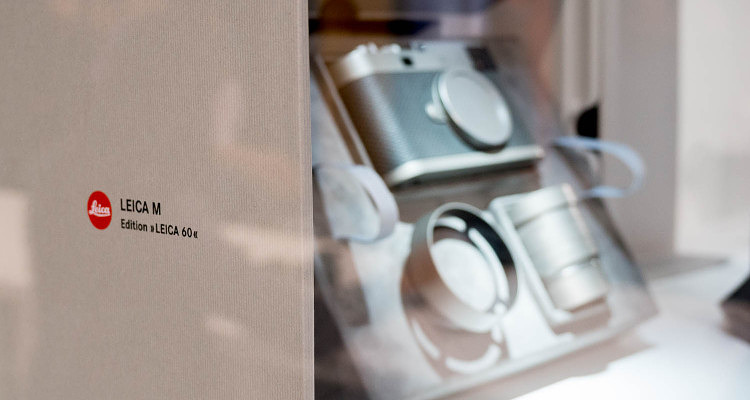 View
View The great cub reporter is at it again!
Your screed is a pleasure to read and I look forward to your upcoming report on the Leica S (typ 007).
Albert- Load More


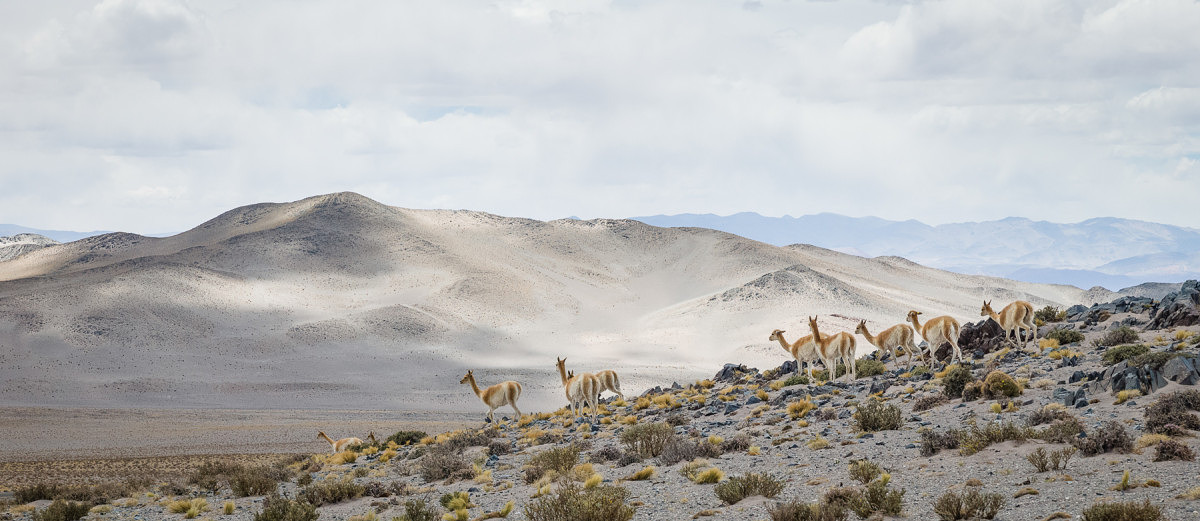
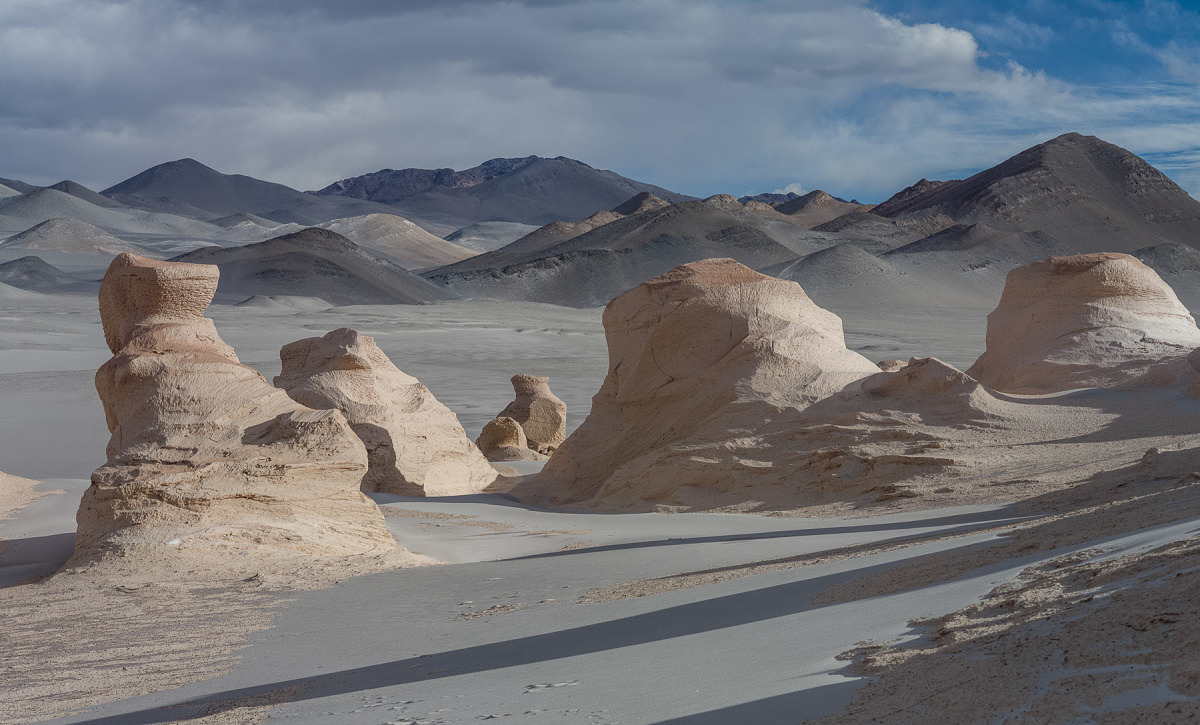

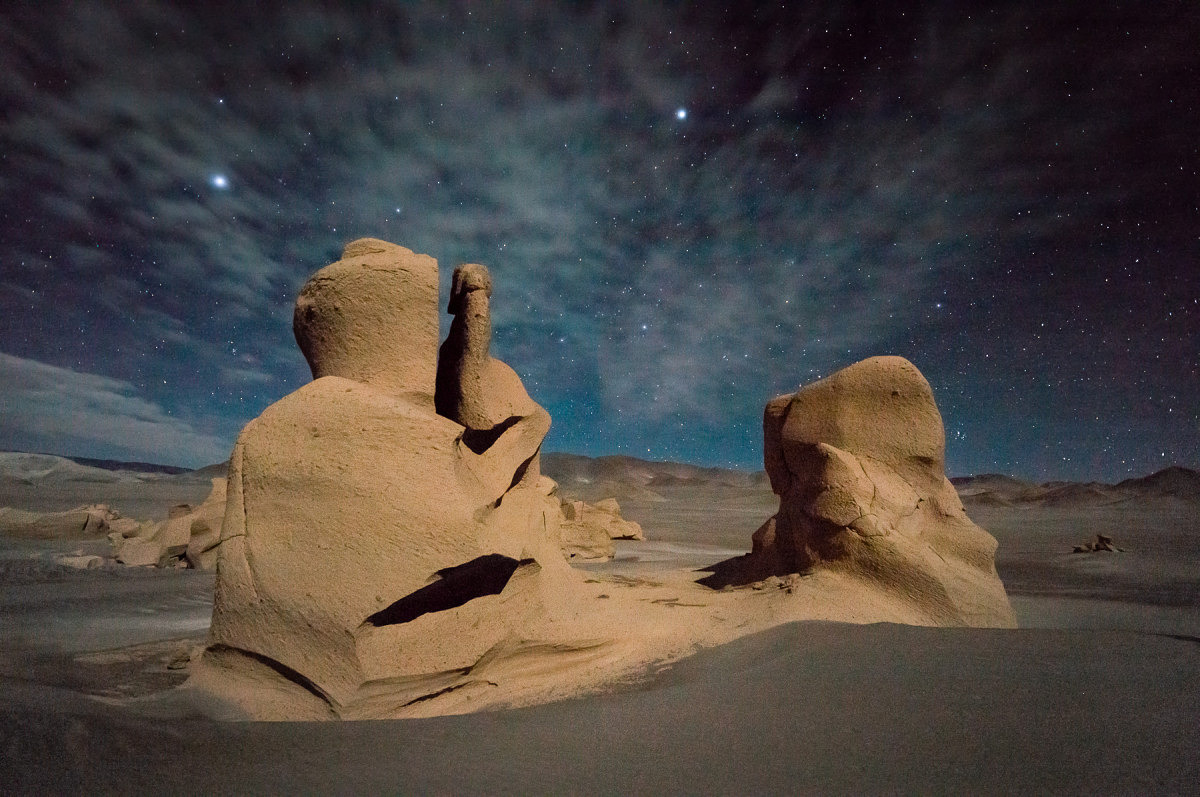




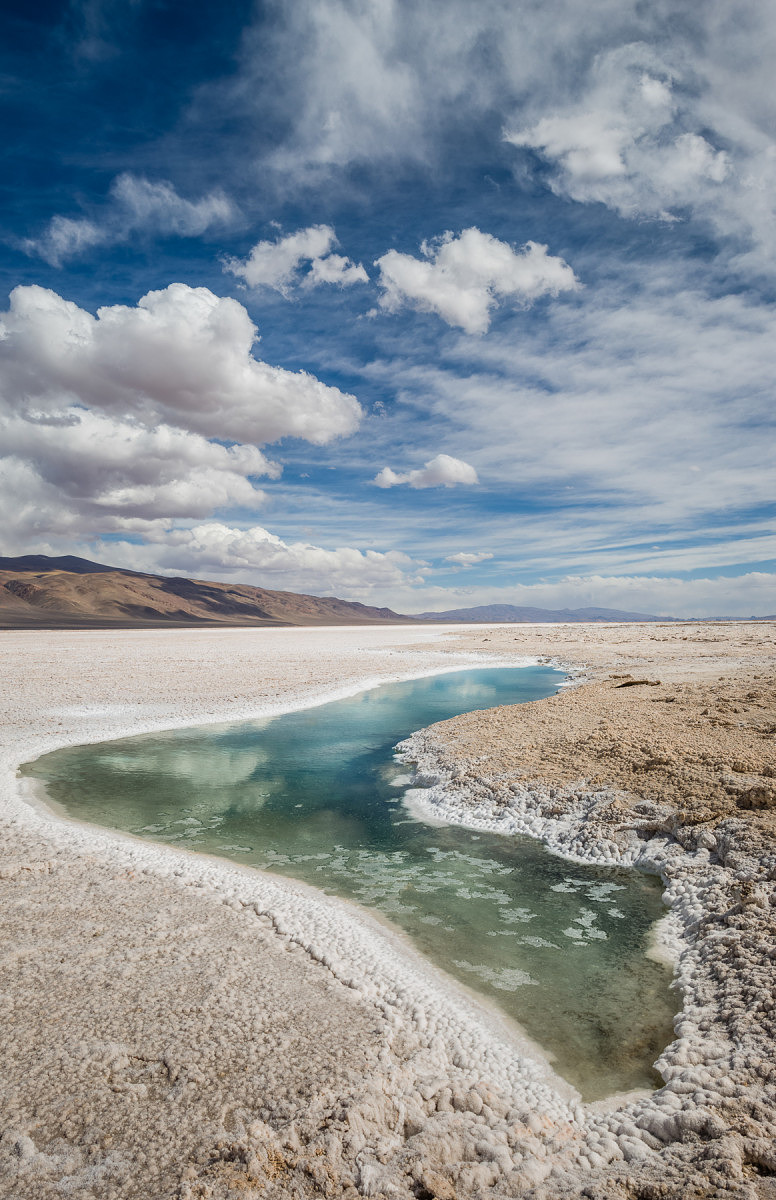









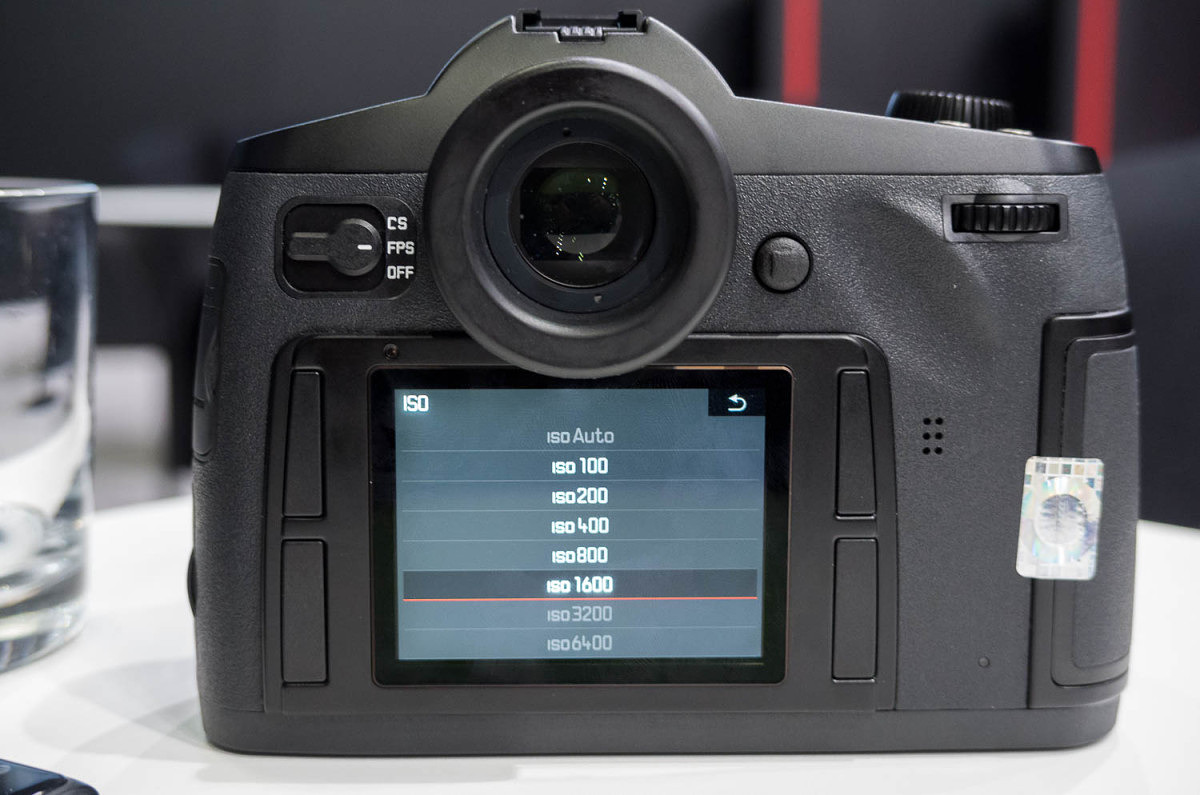



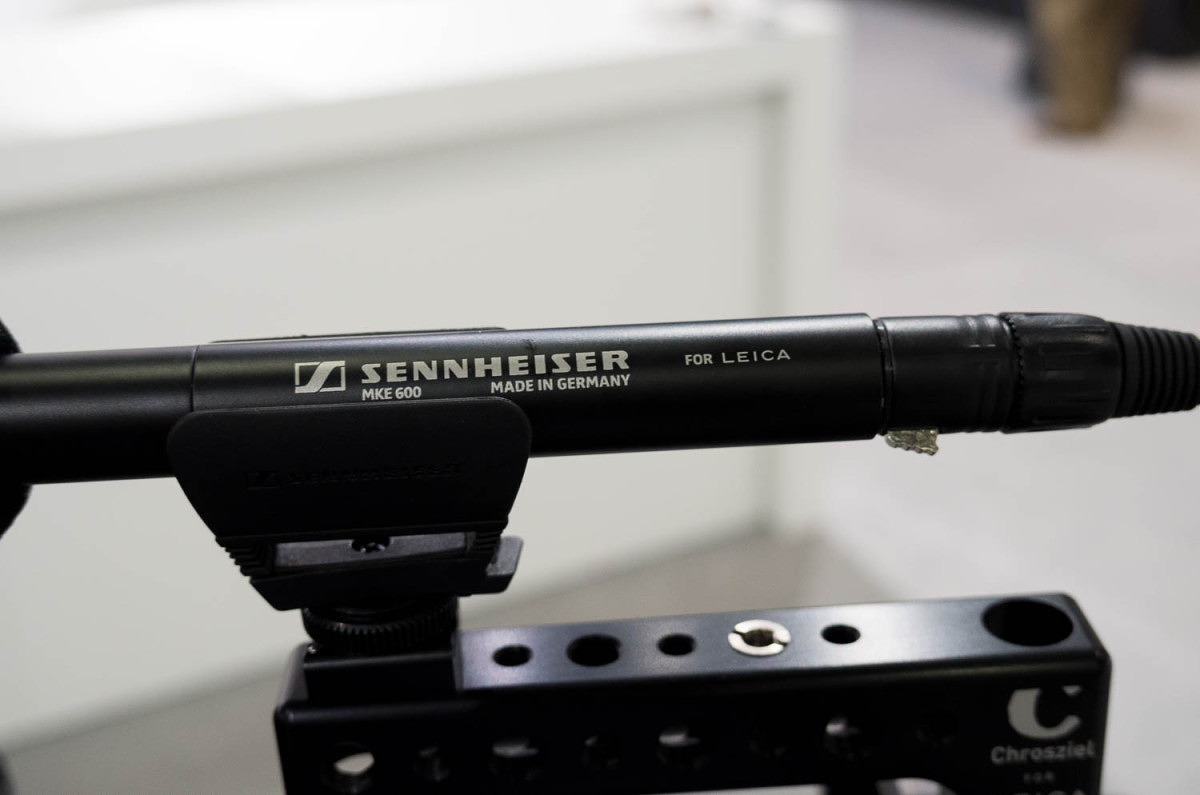


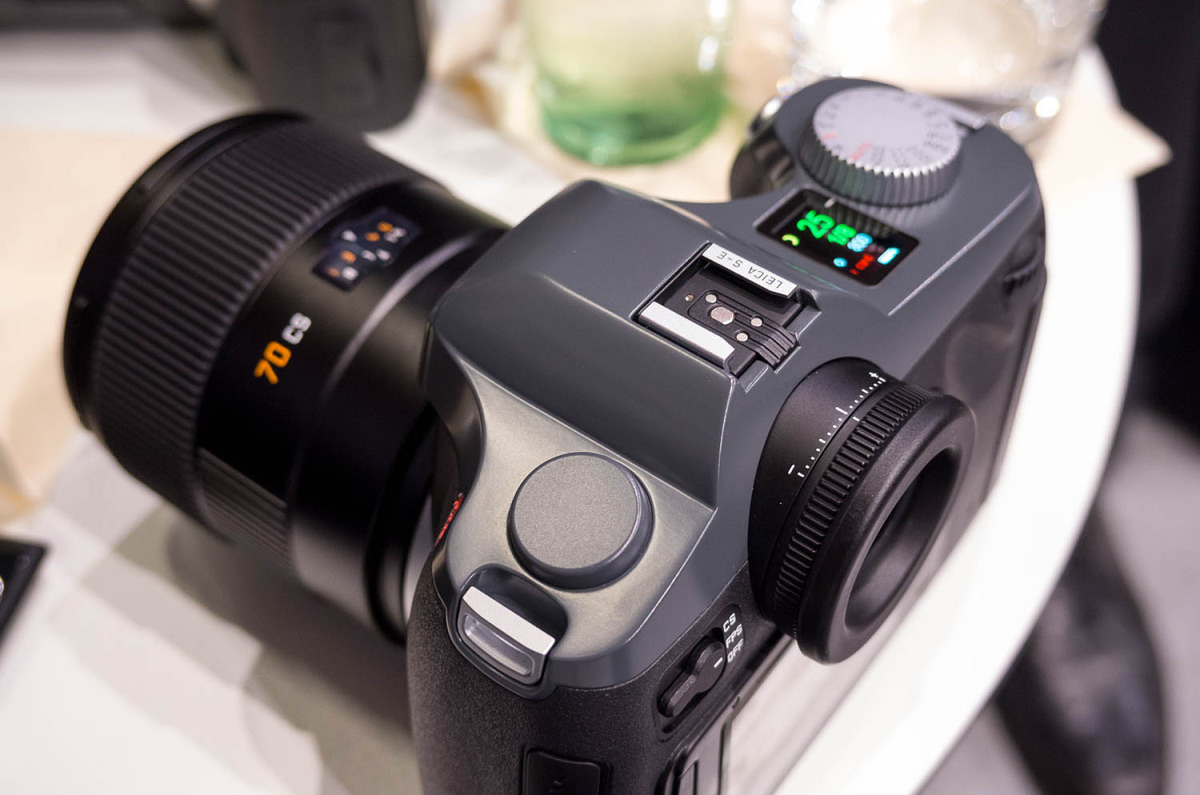

Great work, Albert! Unmistakably Leica S quality, you’ve got some gems in this series.
Many thanks!
Albert
I love your work.
Nice to see a fine photographer with a fine camera.
The two lenses, 24 and 30-90 are about all you need for a trip.
The 120 would be the third for me.
Great Works!
Absolutely stunning and extremely inspirational! Thank you for sharing your efforts.
Thank you for your comments…
I would suggest that you rent, beg or steal a 24mm.. You will not be disappointed. It is their best lens!
Albert
the answer is basically unlimited. I have enlarged to 6 feet wide without loss of resolution…